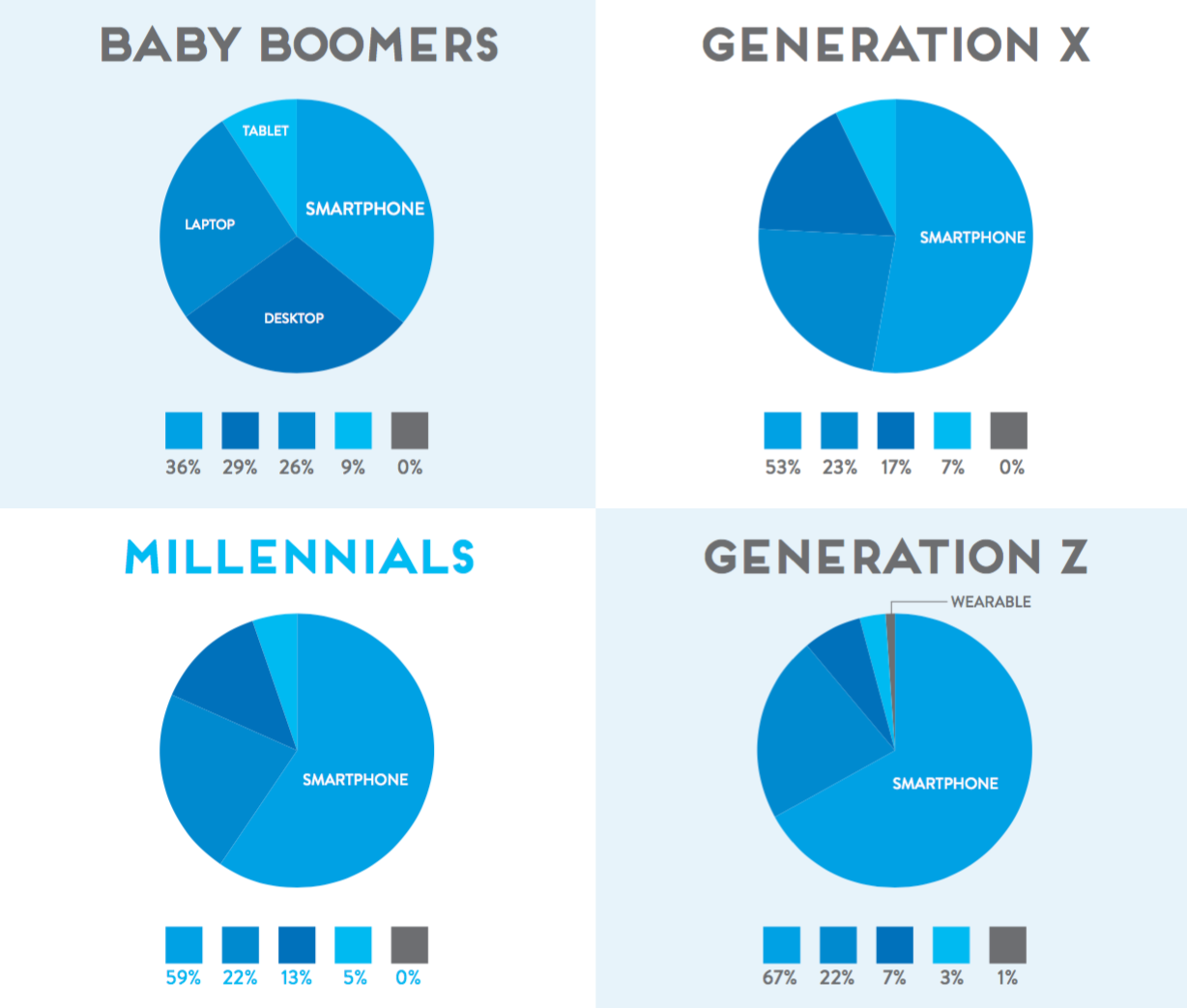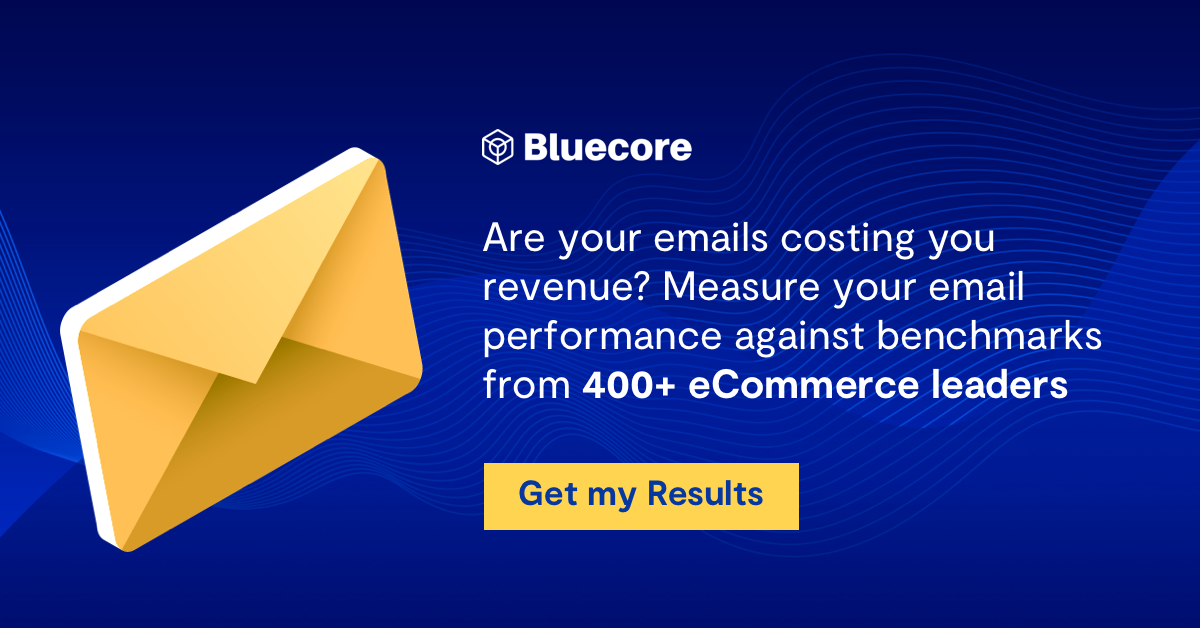
Do Millennials Use Email Differently Than Other Generations?
Although a recent study by Bluecore and NAPCO Research found that consumers find email to be the preferred and most personal channel to receive communications from brands, this only tells us part of the story. In addition to this, brands should also seek to understand how consumers, of all ages, actually use email. Do younger generations use different email providers than older generations? Which device do consumers primarily use to check their email? Does that differ throughout age groups? If so, by how much?
Our same study dove a bit deeper to answer these questions in order for brands to deliver a better email experience for all audiences. Here’s what we found:
Gmail is the provider of choice, especially for Millennials & Gen Z
When looking at preferred email providers, Gmail reigns as the most popular choice across generations. What’s more interesting is how drastically Gmail’s marketshare increases as we look at younger audiences. While 35% of Baby Boomers use Gmail, adoption increases only slightly for Generation X (39%), then jumps 22% for Millennials (61%) then finally peaks with Generation Z at 70%.
Strong Gmail adoption for younger generations likely has to do with what the email landscape looked like when these consumers joined the market. When Baby Boomer and Generation X consumers began using email, most providers were legitimate contestants in the race for marketshare. But year after year, Gmail continued to innovate while others lagged behind. This trend ultimately positioned Gmail as the thought-leader of the space, and adoption followed. By the time Millennial and Generation Z consumers were old enough to join the email market, Gmail had established itself as the obvious provider of choice, which is reflected in its popularity today.
What provider do you use for your personal email?

Consumers check their email on the go with smartphones
When we look at which devices consumers are using to access their messages, not surprisingly, we find that email is largely being read on mobile devices. Again, this is true for all demographics. More than half (53%) of all consumers say their smartphone is the primary device on which they check email, which increases when taking a look at today’s younger audiences: 67% of Generation Z and 59% of Millennials report using their smartphone for email. On average, consumers’ second option for reading email is a laptop (24%) and third is a desktop (18%). Interestingly, tablets lag behind at only 6%.
What device do you primarily use to check your personal email?

What should brands do with this information?
Clearly, based on these results, mobile is probably how your audience will be consuming your email content. At a fundamental level, brands should always make sure emails are responsive and optimized for a mobile experience, especially with Gmail. Tools like Litmus are great resources to ensure this consistency for all your email communications. But that’s just the beginning of what brands can and should do.
Take the experience a step further and help mobile viewers use those emails in-store. It’s not just about the online experience – email is a great forum to leverage and invite cross-channel engagement, such as promoting in-store tech uses, barcode scanning and mobile-only deals. The trend of connecting online and offline experiences will only grow, and since consumers are already checking email on the go, leveraging this channel is a natural first step.






